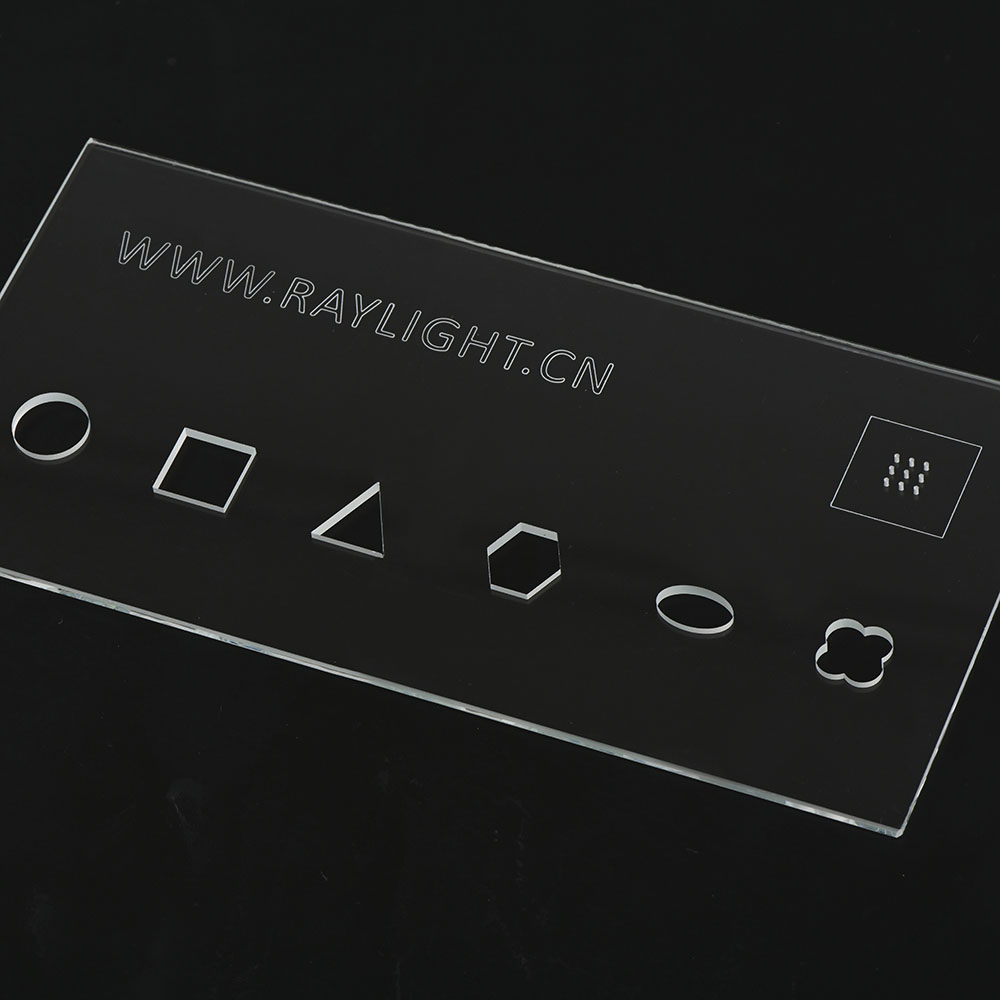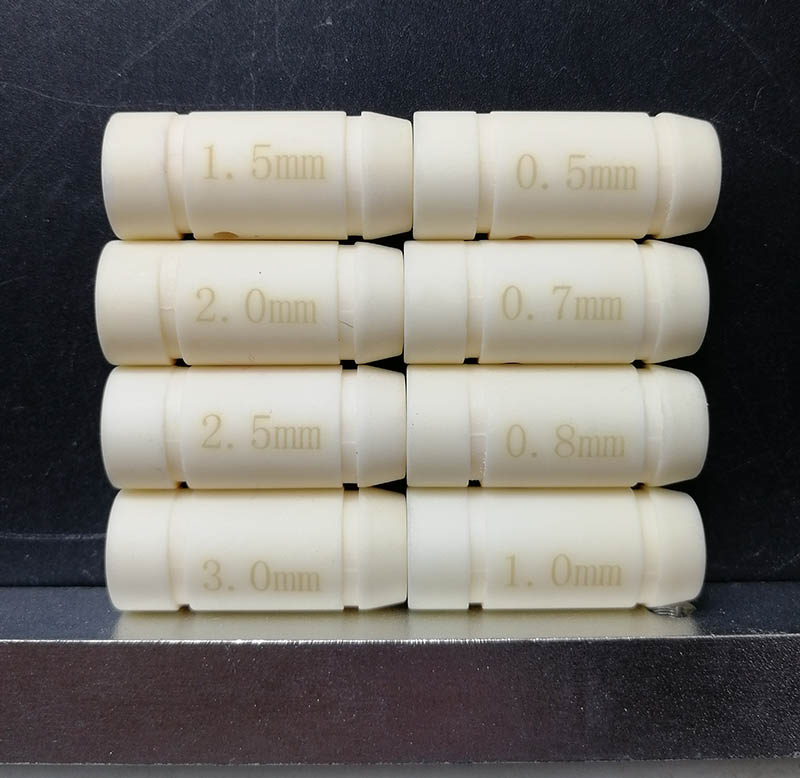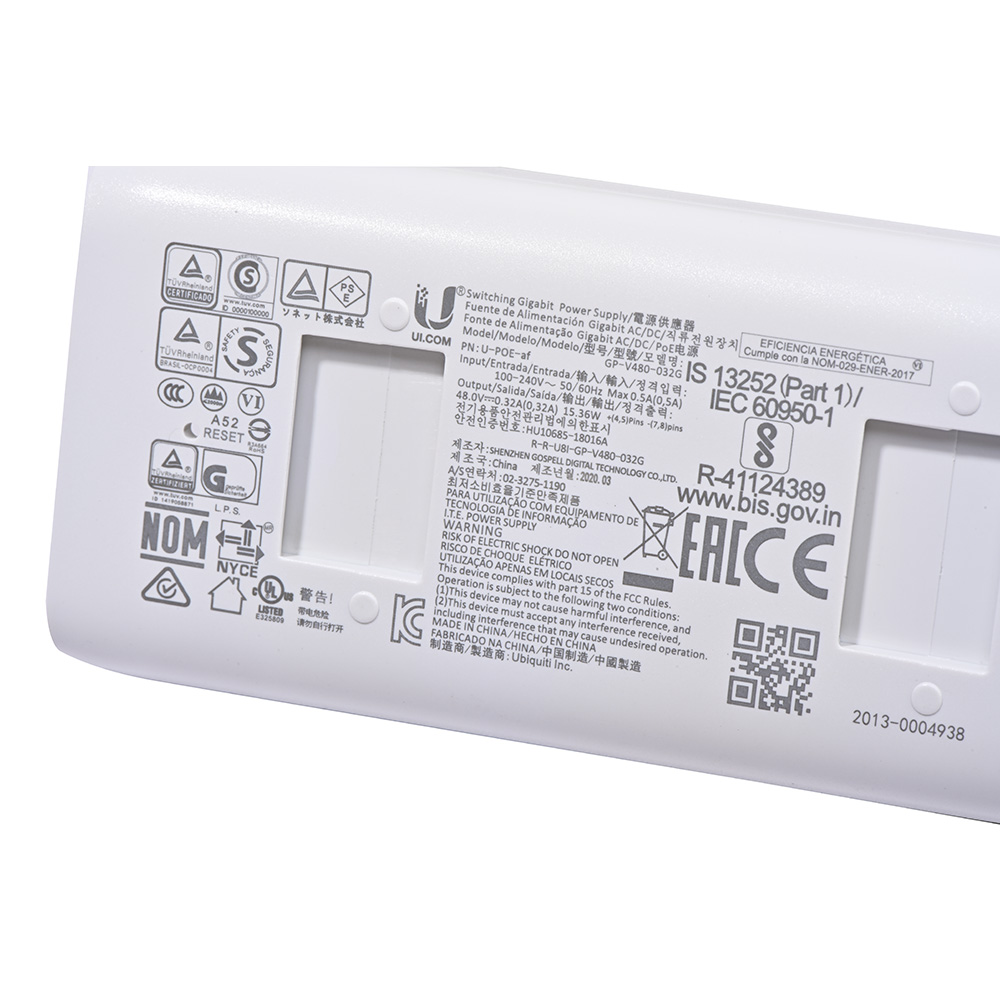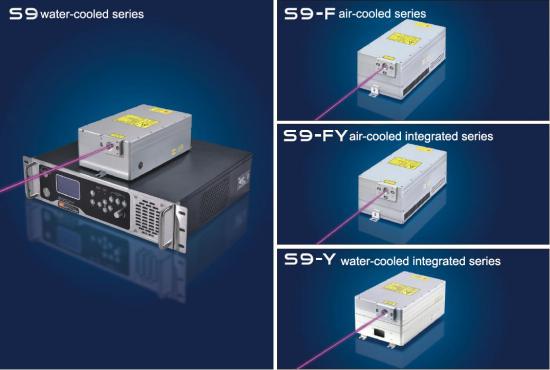Latest Blog
How to choose a cold source marking soft materials: green laser marking or ultraviolet laser marking
Oct 17 , 2023Laser marking or engraving glass, ceramics, plastics and other soft or heat-resistant materials can cause problems: choosing a more refined marking method improves quality, but ultimately sacrifices speed.
Let me explain. If you have ever tried to mark these types of materials with a CO2, fiber optic, or diode pumped laser marking machine, you may have noticed poor mark quality. These lasers have very long wavelengths and may not react well with more sensitive materials.
Therefore, to get more precise markings, you need to switch to a shorter wavelength laser. However, since these machines are typically less powerful, you will end up reducing your marking speed.
In this blog, we’ll explore which industrial laser marking machines can be your choice when you need readable, high-quality marks without damaging your parts. Plus, learn which marking techniques produce the best marks on a wide range of soft materials, including silicone, thin plastic or metal, and even glass or ceramic.
If you are working with soft materials, a green laser with a wavelength of 532 nm may be your best choice. However, we don't recommend running out and buying it immediately. In addition to materials, there are many considerations when choosing the best laser marking technology, such as application and mark type.
The simple definition of laser wavelength, measured in nanometers (nm), is the amount of energy or light produced by a laser. Different types of lasers emit different wavelengths. The shorter the wavelength, the more concentrated the energy. The greater the energy, the more light the material absorbs.
Shorter wavelength lasers, including green and UV lasers, are generally recommended for laser marking soft materials. They offer higher absorptivity than infrared lasers (such as fiber optic and CO2 lasers) and are less likely to burn surrounding materials because they generate less heat. This is why this type of laser is also called a "cold laser".
Shortest wavelength 180 – 400 nanometers Ultraviolet (UV) light
Medium wavelength 400 – 740 nm Visible (VIS) light
Longest wavelength 700 nm - 1 mm Infrared (IR) light

For example, laser marking machines in the infrared category, such as CO2, fiber optic or diode pumped technologies, are able to create high-quality permanent marks on a variety of materials from metals to plastics. However, these same machines can alter and even burn some heat-sensitive materials. This is because the laser energy is not completely absorbed, allowing too much light to pass through without interacting with the material (or, as we say, marking).
You’re left with illegible logos, unreadable barcodes, or damaged parts—neither of which is effective for part identification or traceability, let alone overall equipment effectiveness (OEE).
Lasers are essentially concentrated light, and each material absorbs light energy differently. When the laser comes into contact with a material, it is changing the surface of that material—and sometimes even the compounds. How it changes depends on the type of laser application.
For example, carbon migration occurs during the heating of a metal or metal alloy, causing the metal to chemically bond with trace amounts of carbon molecules on or near the surface of the part, creating a dark (sometimes even black) permanent mark. Laser etching or engraving is an application that requires deep laser marking for durable bar codes, serial numbers or logos on a variety of part materials.
An experienced laser marking equipment supplier will ask you detailed questions about your process and requirements to determine which laser marking system you need.
Standard UV/Green Nanosecond Laser marking or cutting glass

355 Nm UV Laser Cold Light Source Marking ceramics

Ultraviolet UV Laser Source 355nm mark black on white plastic

While we’re on the subject of marking speed, we’ll examine the differences between the two lasers you may be considering for soft marking applications.
If you are considering an alternative to an infrared laser marking system, you may have researched UV laser marking machines as well as green marking lasers. These techniques are similar in that they are both used to mark soft products. However, there are some important differences to consider when making your final decision.
UV lasers are often used to create complex, precise markings at the microscopic level. Their focused wavelength allows high beam intensities and extremely small spot sizes.
Both green and ultraviolet lasers emit less energy than infrared lasers. However, in my experience, when your infrared laser is not marking effectively, the next logical step is to use a green laser.
Getting clean, readable marks on soft products requires less power. This is a given. So, we need to compromise somewhere.
Take a typical fiber laser, for example, which operates at a wavelength of 1064 nm. Green lasers operate at half this wavelength, 532 nm. Most UV lasers emit even less power, about 355 nm or one-third that of fiber lasers.
Therefore, green lasers provide more power than UV lasers but are still fine enough to mark a variety of soft products. You can achieve high-quality markup without significantly slowing down markup speed. Think of it as that not too thick, not too slow, but just the right amount of Goldilocks quality.
Expert III 532 series green DPSS laser, developed and produced by RFH, covers 35w in laser power with short pulse width (<25ns@50K) ,superior beam quality (M²<1.2) and perfect laser spot quality (beam circularity >90%).It is perfect for glass marking,thin film etching and surface treatment for most of the metals and non-metal materials, such as removing the oxide layer from the metal surface
Laser Wavelength:
532nmAverage Output Power :
35W @50kHzPulse Width:
<25ns @50kHzPulse Repetition Rate :
10-200kHzSpatial Mode:
TEM00Beam Quality (㎡) :
<1.2Beam Diameter:
1.0±0.2mm Measured at windowBeam Full Divergence Angle :
<1.2mradBeam Circularity:
>90%Pulse-To-Pulse Stability:
<2% RMS/@30kHzAverage Power Stability :
<3% RMS/8hrBeam-Pointing Drift:
<30μrad/℃Polarization Ratio:
>100:1Polarization Orientation:
HorizontalOperating Temp. & RH:
10℃ to 35℃ | <80%Storage Temp. & RH:
-20℃ to 65℃ | <90 %Electricity Requirement :
100-240VAC |50/60Hz | Single phasePower Consumption:
<800WWarranty :
18months

To meet the market demand, RFH newly developed S9 series UV laser . Comparing with its kinds, S9 series UV laser features with rugged sealed cavity, extremely compact size, simple and robust, high stability, high efficiency, high reliability and excellent laser beam quality.Its compact design suggests no necessity in building big light path, which greatly reduces space and cost and makes it easy to be installed into UV laser marking machines. In addition, S9 series cavity structure is more stability and more excellent scalability, which means the same laser cavity can be produces multi-power lasers , and the stability of different power ranges is greatly improved
Laser Wavelength:
354.7nmAverage Output Power :
3W-10W @30kHzPulse Width:
<12ns @ 30kHzPulse Repetition Rate :
10-200kHzBeam Quality (㎡) :
<1.2Beam Diameter :
0.8±0.2mm Measured at windowBeam Full Divergence Angle :
<2mradBeam Circularity :
>90%Pulse-To-Pulse Stability :
<2% RMS/@30kHzAverage Power Stability :
<5% RMS/8hrBeam-Pointing Drift :
<30μrad/℃Polarization Ratio :
>100:1Polarization Orientation :
HorizontalOperating Temp. & RH :
10℃ to 30℃ | <80%Storage Temp. & RH) :
-20℃ to 65℃ | <90 %Electricity Requirement :
100-240VAC |50/60Hz | Single phasePower Consumption :
<500WWarranty :
18months

We've talked a lot about laser wavelengths so far, but another key factor that determines the speed of a machine's marking is power output.
Laser wavelength is a measure of light energy, and watts (W) are a measure of laser power output. For example, a typical industrial fiber laser marking machine will operate in an output power range of 10W to 100W. They provide high speed and deep, permanent marking.
Most green marking lasers on the market today only offer around 4W to 6W of power output. Generally speaking, this means relatively slow speeds and shallow markings.
Green lasers not only provide finer marking, but are also versatile. Create readable traceability, branding and identification marks on a variety of materials from soft plastics and thin metals to glass and ceramics. Green lasers for medical device manufacturers
are becoming more and more common. In recent years, the medical industry has had to take extra precautions when labeling surgical equipment, trays, tubing and other common products. That’s because new FDA standards require unique identifiers (UDIs) and “sanitary markings” to ensure patient safety and recall speed.